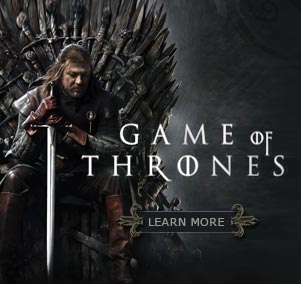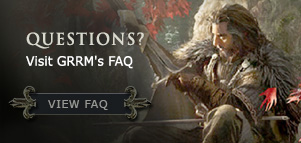
          |
Kits and Castings
The Rise of the Unpainted Casting Courtenay, Vertunni, Ballada, Desfontaines, and the other masters of bygone years used to do it all. They designed their figures, sculpted them, made the molds, did the casting, and painted every piece by hand… or else they scratch built each one individually, so every miniature was an unique work of art. Starting in the 1950s, however, some new makers began to sell their soldiers as unpainted castings, allowing purchasers to demonstrate their own skills with brush. Others released their figures as kits, requiring assembly. Needless to say, the quality of the finished models varied hugely. Given a good casting and a skilled painter, however, the results could still be outstanding, as in this mounted figure of Henri de Bois. The model is part of the Crecy range designed by the British sculptor Al Charles and issued by Greenwood & Ball. The fine heraldic paintwork is by Lyn Freeman.
Greenwood & Ball The British partnership of John Greenwood and Katherine Ball began making toy soldiers in 1938. Greenwood designed and cast the figures, and Ball painted them. They were among the very first to issue miniatures in the 25mm scale that soon came to dominate the world of wargaming, but also did some good work in the traditional 54mm scale. They also sold their figures as unpainted castings, a trend that accelerated after Ball left the company to marry in 1961. Here’s a pair of Greenwood & Ball castings painted (very nicely) by collectors. The swordsman is signed “GHS” beneath the base. Whoever that was, he did an exquisite job of rendering the Crichton-Stuart arms.
Blood in the Stream John Greenwood sold his company, molds, and trademarks to W.F. Pearce in 1971. Greenwood & Ball went on, moving even more in the direction of kits and unpainted castings. G&B also began to manufacture and distribute ranges designed by a number of new young sculptors, many of whom later went on to start companies of their own. Of particular interest to medievalists were Al Charles, John Braithwaite, Cliff Sanderson, and John Tassell. Tassell’s knights were marketed under the brand name ‘Lasset,’ and included this dramatic pair of battling axemen, issued as unpainted kits. When I found them on ebay, some previous owner had painted them crisply but plainly in blue and yellow, without heraldry. I added the eagle and the tree myself.
Lindsay by Abell Not everyone is born with a paintbrush in his hand. As more toy soldier makers started selling their products in the form of kits and unpainted castings, many a collector came to the sad realization that they were not Richard Courtenay. So a new cottage industry arose: the hired brushes, talented painters who would finish figures for collectors not similarly gifted. The best of these painters soon became well known in their own right, and their work became quite collectible. Jean Abell was among those, and for good reason… as demonstrated by this Lasset knight, superbly painted in the arms of Sir John Lindsay.
Elfvengren Does Camelot Cheryl Elfvengren of New Jersey was one of the leading painters of the late ’90s, specializing in medieval figures and small dioramas. By the end of the decade Elfvengren knights were selling for as much as Courtenays and Greenhills. She often worked with Al Charles castings, and with spectacular results, but she painted figures by other makers as well. These worthies, dated 1989, represent some of Elfvengren’s earliest work. The castings are by Imrie/ Risley, an American company that started making toy soldier kits in the ’60s. From L to R, we have Sir Mordred (with beard), King Arthur, and Sir Galahad (clean shaven). I love the paintwork but hate the plinths, which make it impossible to use the figures in a diorama. |

















